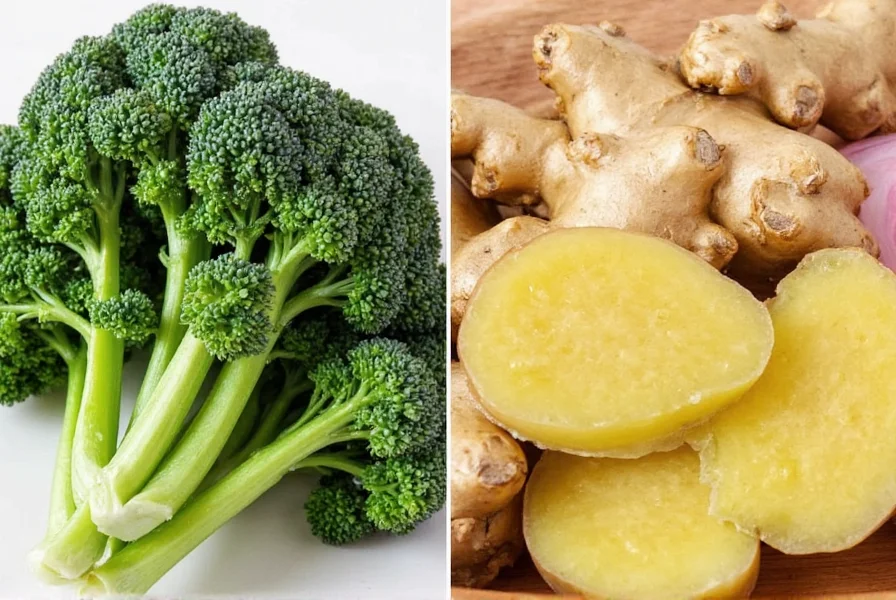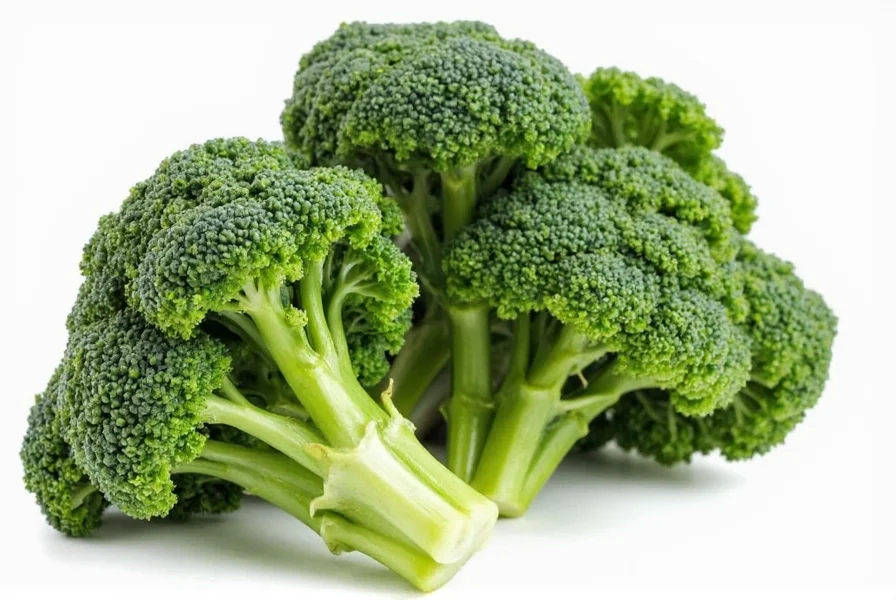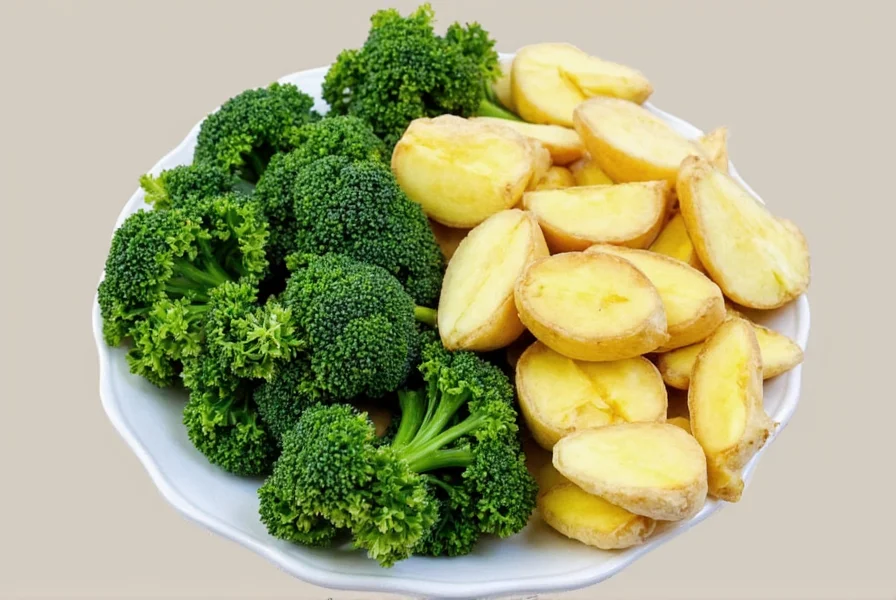When exploring the nutritional powerhouse pairing of ginger and kale, it's essential to understand why these ingredients work so well together. Both have been staples in traditional medicine systems for centuries, but modern science continues to validate their remarkable health properties. The combination delivers a comprehensive nutrient profile that addresses multiple aspects of wellness simultaneously.
Nutritional Profiles of Ginger and Kale
Ginger and kale each bring unique nutritional components to the table. Understanding their individual profiles helps explain why they form such an effective pairing.
Ginger's Nutritional Composition
Ginger root contains over 400 distinct biochemical compounds, with gingerol being the most studied. Just one tablespoon (about 6 grams) of fresh ginger provides:
| Nutrient | Amount per Tbsp | % Daily Value |
|---|---|---|
| Calories | 5 | 0% |
| Vitamin C | 0.3 mg | 0.5% |
| Magnesium | 1.2 mg | 0.3% |
| Potassium | 29 mg | 0.6% |
| Gingerols | Varies | N/A |
While the vitamin and mineral content might seem modest, ginger's true value lies in its bioactive compounds. Gingerol, the primary active component, has been extensively studied for its anti-inflammatory effects. Research published in the Journal of Medicinal Food demonstrates that gingerol inhibits multiple inflammatory pathways in the body, making it particularly valuable for managing chronic inflammation.

Kale's Nutritional Powerhouse Status
Kale earns its superfood status through an exceptional nutrient density. One cup (67g) of raw kale contains:
| Nutrient | Amount per Cup | % Daily Value |
|---|---|---|
| Calories | 33 | 2% |
| Vitamin K | 547 mcg | 456% |
| Vitamin A | 10302 IU | 206% |
| Vitamin C | 80.4 mg | 134% |
| Manganese | 0.5 mg | 24% |
| Fiber | 2.6 g | 10% |
Kale contains glucosinolates, sulfur-containing compounds that convert to isothiocyanates during digestion. These compounds activate detoxification enzymes and have demonstrated anti-cancer properties in numerous studies. The American Journal of Clinical Nutrition reports that regular kale consumption correlates with reduced risk of several chronic diseases.
Synergistic Health Benefits of Ginger and Kale
The true magic happens when ginger and kale work together. Their combined effects create benefits greater than the sum of their individual properties.
Enhanced Anti-Inflammatory Effects
Ginger's gingerol and kale's quercetin work through complementary mechanisms to reduce inflammation. While gingerol inhibits COX-2 enzymes (similar to how some anti-inflammatory medications work), quercetin stabilizes mast cells and reduces histamine release. This dual-action approach provides more comprehensive inflammation management, particularly valuable for conditions like arthritis and metabolic syndrome.
Improved Digestive Health
Ginger stimulates gastric motility and digestive enzyme production, while kale's fiber content promotes regular bowel movements. Together, they create an ideal environment for gut health. The fiber in kale serves as a prebiotic, feeding beneficial gut bacteria, while ginger's anti-nausea properties make this combination particularly valuable for those with digestive sensitivities. Research in the World Journal of Gastroenterology confirms ginger's effectiveness in accelerating gastric emptying by up to 25%.

Cardiovascular Protection
The combination delivers multiple heart-protective benefits. Kale's potassium helps regulate blood pressure, while ginger improves blood circulation and reduces cholesterol levels. A study in the Journal of Nutrition and Metabolism found that ginger supplementation significantly reduced LDL cholesterol and triglycerides in participants with hyperlipidemia. When paired with kale's antioxidant profile, this creates a powerful defense against cardiovascular disease.
Practical Applications in Daily Nutrition
Incorporating ginger and kale into your diet doesn't require complicated recipes or special equipment. Here are evidence-based approaches to maximize their benefits.
Optimal Preparation Methods
To preserve maximum nutritional value:
- For ginger: Grate fresh ginger rather than using powdered form for higher gingerol content
- For kale: Massage raw kale with a small amount of lemon juice or vinegar to break down tough fibers
- Combination tip: Add ginger to kale dishes near the end of cooking to preserve heat-sensitive compounds
Research shows that lightly steaming kale increases the bioavailability of certain carotenoids by up to 50%, while adding ginger to cooked kale dishes preserves more antioxidants than cooking them separately.
Simple Recipe Frameworks
Instead of specific recipes, consider these flexible templates that accommodate various dietary preferences:
- Base formula for smoothies: 1 cup kale + 1-inch ginger + 1 cup liquid base + 1 healthy fat source (avocado, chia seeds)
- Sautéed greens template: Kale + minced ginger + garlic + healthy oil (olive or avocado) + acid (lemon juice or vinegar)
- Salad foundation: Massaged kale + grated ginger in dressing + complementary ingredients (nuts, seeds, protein)
Considerations for Maximum Benefit
While ginger and kale are generally safe for most people, certain considerations optimize their benefits:
- Dosage matters: Studies showing significant benefits typically use 1-2 grams of ginger daily (about 1-inch fresh root)
- Timing considerations: Consuming ginger before meals enhances digestive benefits
- Medication interactions: Ginger may interact with blood thinners; consult your healthcare provider if taking anticoagulants
- Varietal differences: Curly kale has higher vitamin content than Lacinato (dinosaur) kale, while嫩姜 (young ginger) has milder flavor and higher gingerol concentration
The combination of ginger and kale represents a perfect example of food synergy - where the combined effect exceeds the sum of individual components. This pairing delivers comprehensive nutritional support that addresses multiple aspects of health simultaneously, making it a valuable addition to any balanced diet. By understanding their individual properties and how they complement each other, you can maximize the health benefits these remarkable ingredients provide.
What are the primary health benefits of combining ginger and kale?
The combination creates synergistic effects that enhance anti-inflammatory properties, improve digestion, and boost cardiovascular health. Ginger's gingerol works with kale's quercetin to provide more comprehensive inflammation management than either alone. Together, they also improve nutrient absorption while supporting gut health through ginger's digestive stimulation and kale's fiber content.
How much ginger should I use with kale for maximum benefits?
Research suggests 1-2 grams of fresh ginger (approximately a 1-inch piece) provides optimal benefits without overwhelming the flavor of kale. For daily consumption, this amount used 1-2 times per day delivers the anti-inflammatory and digestive benefits documented in clinical studies. When grating ginger into smoothies or cooked dishes, start with smaller amounts and adjust to taste preference.
Can I eat raw ginger with raw kale?
Yes, consuming both raw preserves maximum nutrient content. However, raw kale can be tough to digest for some people. Massaging kale with a small amount of lemon juice or vinegar softens the fibers, while grating fresh ginger makes it easier to incorporate. For sensitive digestive systems, lightly steaming the kale while adding raw ginger at the end of cooking provides a good balance of nutrient retention and digestibility.
Does cooking affect the nutritional benefits of ginger and kale?
Cooking affects each component differently. Light steaming (3-5 minutes) increases kale's carotenoid bioavailability by up to 50% while preserving most nutrients. Ginger's beneficial compounds are heat-stable but volatile, so adding it near the end of cooking preserves more active components. For maximum benefits, combine lightly cooked kale with raw or minimally cooked ginger in dishes like soups, stir-fries, or sautéed preparations.
Are there any potential side effects of consuming ginger and kale together regularly?
For most people, regular consumption is safe and beneficial. However, those on blood-thinning medications should consult their healthcare provider as ginger may enhance medication effects. Kale's high vitamin K content can also interact with blood thinners. Some individuals may experience mild digestive discomfort when first increasing fiber intake from kale, which typically resolves as the gut adjusts. As with any dietary change, introduce gradually to assess tolerance.











 浙公网安备
33010002000092号
浙公网安备
33010002000092号 浙B2-20120091-4
浙B2-20120091-4